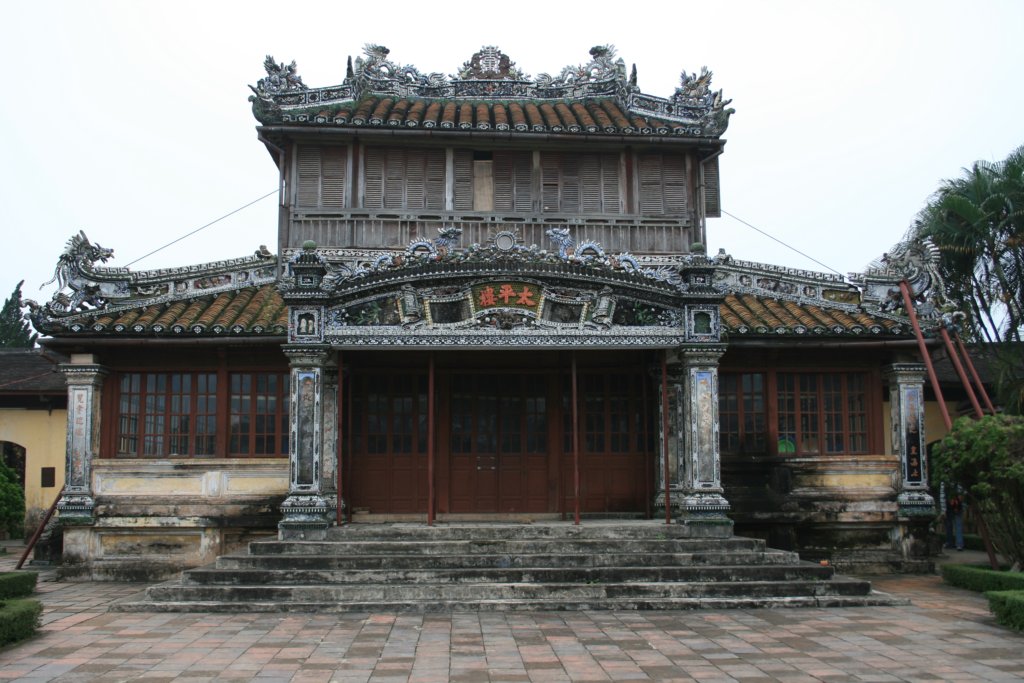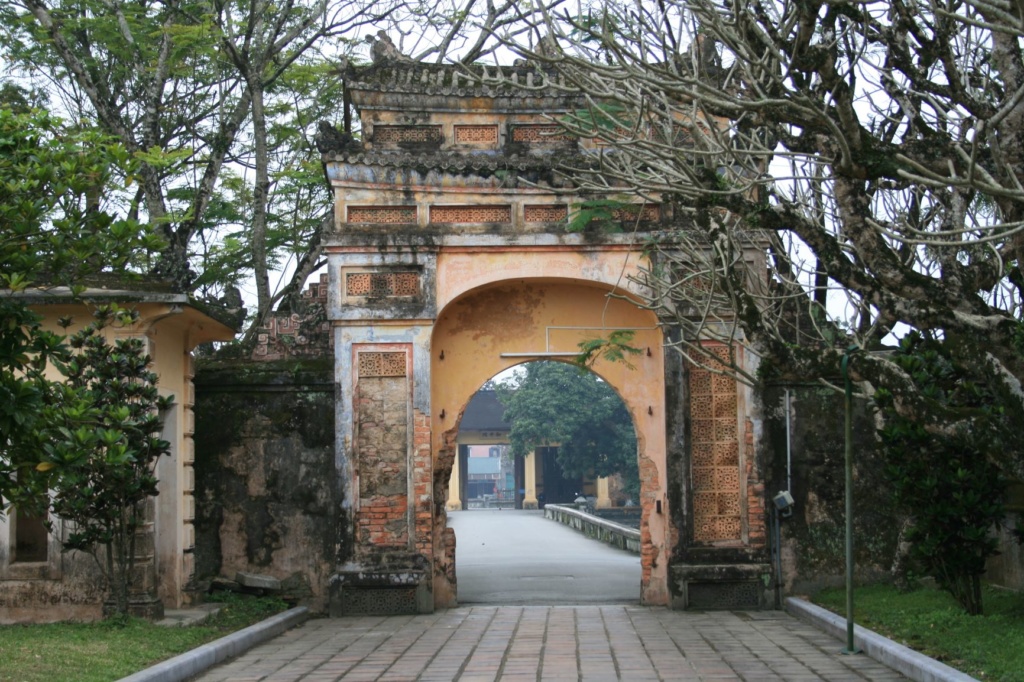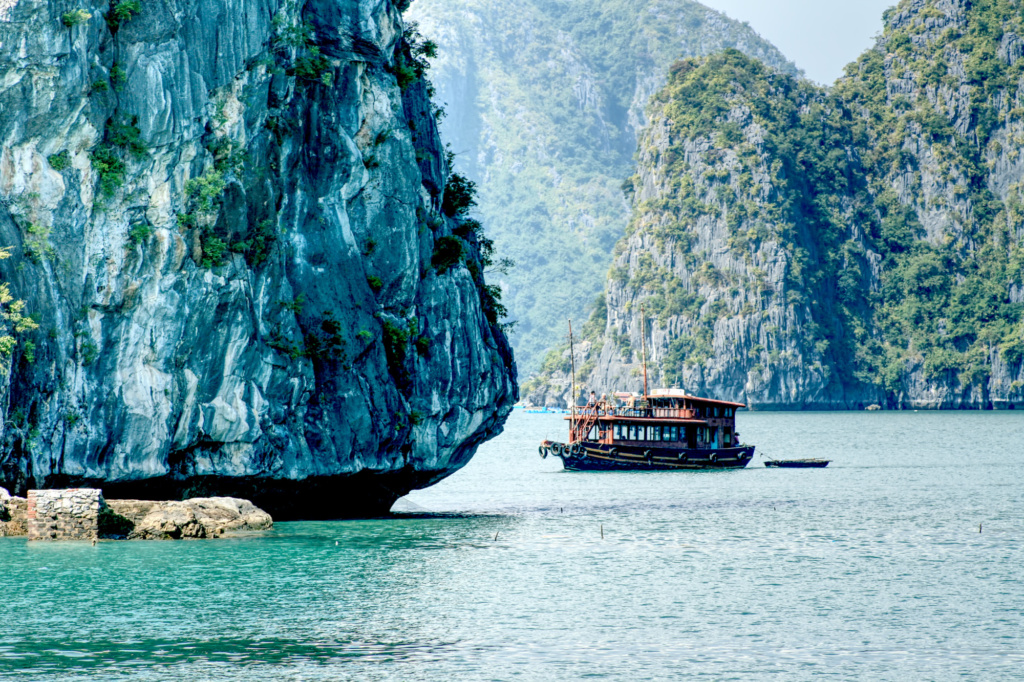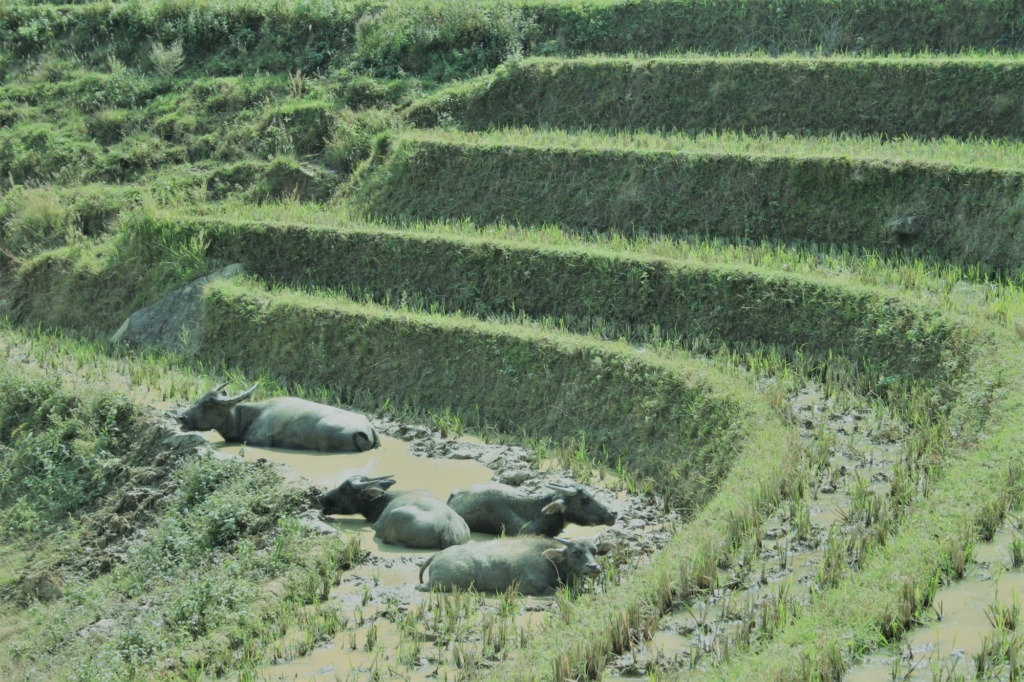Hue Vietnam Travel Guide A Vagabond Life
Hue, nestled along the banks of the Perfume River in central Vietnam, is a city steeped in history and royal grandeur. Serving as the imperial capital of Vietnam under the Nguyen Dynasty from 1802 to 1945, Hue is a treasure trove of ancient palaces, temples, and citadels, showcasing the rich cultural heritage of the country.
The Imperial City, a UNESCO World Heritage site, stands as the crowning jewel of Hue, with its sprawling complex of citadels, gates, and palaces evoking the grandeur of Vietnam’s imperial past. Visitors can wander through the Forbidden Purple City, once reserved for the emperor and his concubines, and marvel at the intricate architecture and ornate decorations.
Beyond its imperial legacy, Hue enchants travelers with its tranquil landscapes, scenic countryside, and vibrant culinary scene. From boat rides along the Perfume River to exploring ancient pagodas nestled amidst verdant hills, Hue offers a wealth of experiences that immerse visitors in the rich tapestry of Vietnamese history and culture.
Hue Vietnam Map
Getting To Hue Vietnam
By Plane
The nearest airport to Hue is Phu Bai International Airport (HUI), located about 15 kilometers south of the city center. Domestic flights from major cities like Hanoi and Ho Chi Minh City are frequent, and there are some international connections as well. From the airport, you can take a taxi or shuttle bus to reach the city center.
By Train
Hue is a major stop on the Reunification Express, the train that runs between Hanoi and Ho Chi Minh City. The train station is centrally located, making this a convenient option for those who want to enjoy scenic views along Vietnam’s coastline. Various classes are available, from basic seats to more comfortable sleeper cabins.
By Bus
Several bus companies operate routes to Hue from cities like Hanoi, Da Nang, and Ho Chi Minh City. The bus station is a bit outside the city center, but taxis and motorbike taxis are readily available to take you to your accommodation. The journey can be long depending on your departure city, but buses are usually well-equipped and affordable.
By Car
For those who prefer flexibility, renting a car or hiring a private driver is an option. The drive to Hue from nearby cities like Da Nang offers stunning views, especially along the Hai Van Pass. However, driving in Vietnam can be challenging due to road conditions and traffic, so this option is best suited for experienced drivers.
Getting Around Hue Vietnam
By Cyclo
Cyclo, the traditional three-wheeled bicycle taxi, is a charming and leisurely way to explore Hue, especially within the old city and along the Perfume River. Cyclo drivers often double as informal tour guides, offering insights into the city’s history and landmarks. It’s a great way to see the Imperial City and other central attractions at a relaxed pace.
By Bicycle
Hue is relatively flat, making it ideal for cycling. Many hotels and guesthouses offer bicycle rentals, allowing you to explore the city and surrounding areas at your own pace. Biking is a great way to visit attractions like the Tombs of the Emperors, pagodas, and local markets, while also soaking in the scenic countryside.
By Motorbike
Renting a motorbike is a popular option for those who want more flexibility and speed. Motorbikes allow you to explore Hue’s outskirts, such as the Thien Mu Pagoda or the countryside, with ease. Rentals are widely available, and you can even hire a driver if you’re not comfortable riding yourself. Be sure to wear a helmet and drive carefully, as traffic can be hectic.
By Taxi
Taxis are a convenient way to get around Hue, especially for those who prefer comfort and air conditioning. Several taxi companies operate in the city, and fares are generally reasonable. Taxis are a good option for visiting sites further afield, like the Tomb of Khai Dinh or the Thanh Toan Bridge.
By Bus
Hue has a network of public buses that connect the city center with surrounding neighborhoods and nearby towns. While not as convenient as other modes of transport, buses are an affordable option for budget-conscious travelers. They can be a good way to reach outlying areas, though routes and schedules may require some planning.
By Boat
Given Hue’s location along the Perfume River, boat trips are a unique way to see the city. You can take a dragon boat cruise to visit attractions like the Thien Mu Pagoda or the Hon Chen Temple. Boats can be hired for a few hours or for a full day, and some include guided tours and meals on board.
On Foot
Many of Hue’s key attractions, particularly in the old city and along the Perfume River, are within walking distance of each other. Walking is a pleasant way to explore the city’s historic sites, local markets, and street food stalls, allowing you to take in the atmosphere at a leisurely pace.
Things To See & Do In Hue Vietnam
The Complex of Hue Monuments
Imperial Citadel
The former imperial seat of government is a stunning sprawling complex of temples, pavilions, moats, walls, gates, shops, museums and galleries, featuring art and costumes from various periods of Vietnamese history. The citadel was badly damaged during fighting between the French and the Viet Minh in 1947, and again in 1968 during the Tet Offensive, when it was shelled by the Viet Cong and then bombed by the Americans.- Ngọ Môn. The main southern entrance to the city, built in 1833 by Minh Mang. The central door, and the bridge connecting to it, were reserved exclusively for the emperor.
- Thái Hòa Palace. The emperor’s coronation hall. Trường Sanh Residence. Translated as the “Palace of Longevity”, the Truong Sanh Palace was the residence of King Tu Duc’s mother, Empress Tu Du, under the Nguyen Dynasty in the 19th century.
- Forbidden Purple City. Directly behind Thai Hoa Palace, but it was almost entirely destroyed during the 1968 Tet Offensive and only the Mandarin Palaces on both sides remain.
- Hue Jungle Crevice. When the Viet Cong briefly over ran Hue they rounded up 3000 of Hue’s citizens and officials. Fearing the prisoners would slow them down in hot retreat, they tied them up and pushed the people over the cliff into the crevice.
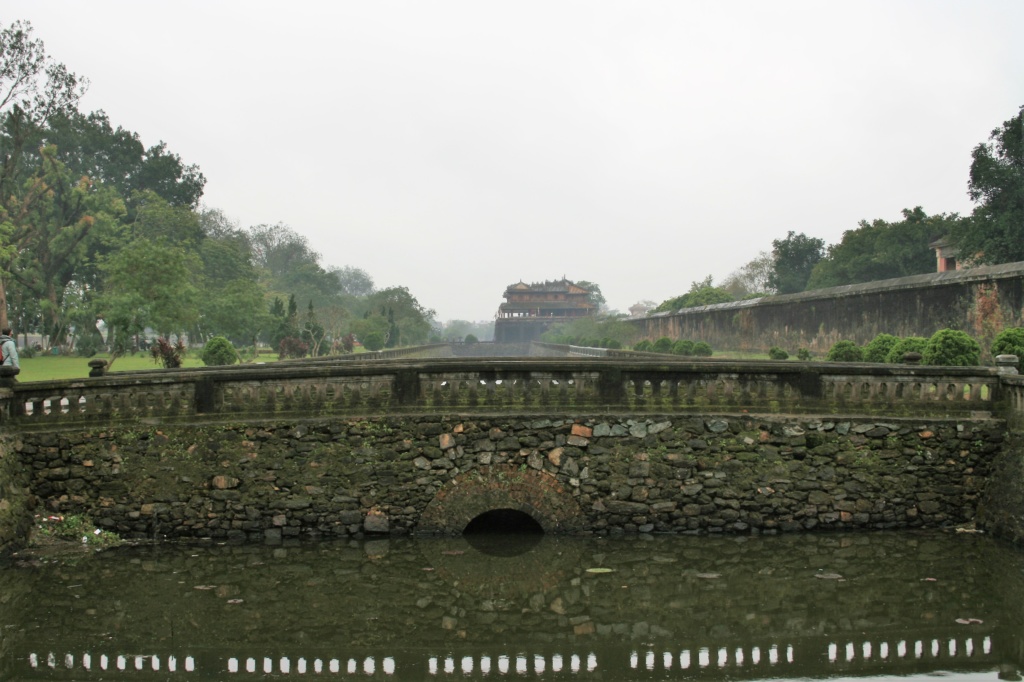
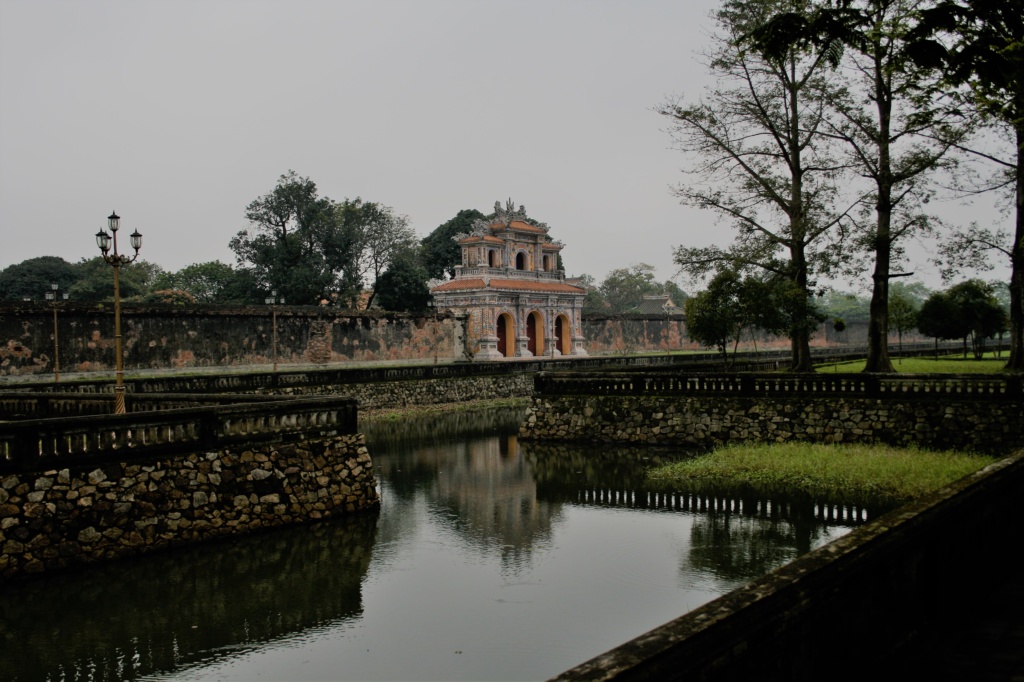
Tombs of the Emperors
- Tomb of Minh Mang – Possibly the best of the lot, situated inside a wall and covering several hectares.
- Tomb of Thieu Tri – built in 1848. This Emperor and his wife were the most revered and loved throughout the country.
- Tomb of Tu Duc – Constructed from 1864 to 1867, the complex served as a second Imperial City where the Emperor went for “working vacations”. Tomb of Dong Khanh – built in 1917. Only the entrance gate and a temple facade is ready.
- Tomb of Khai Dinh – dating from 1925, this is the best preserved of the lot and, while comparatively compact, quite grand at first sight.
